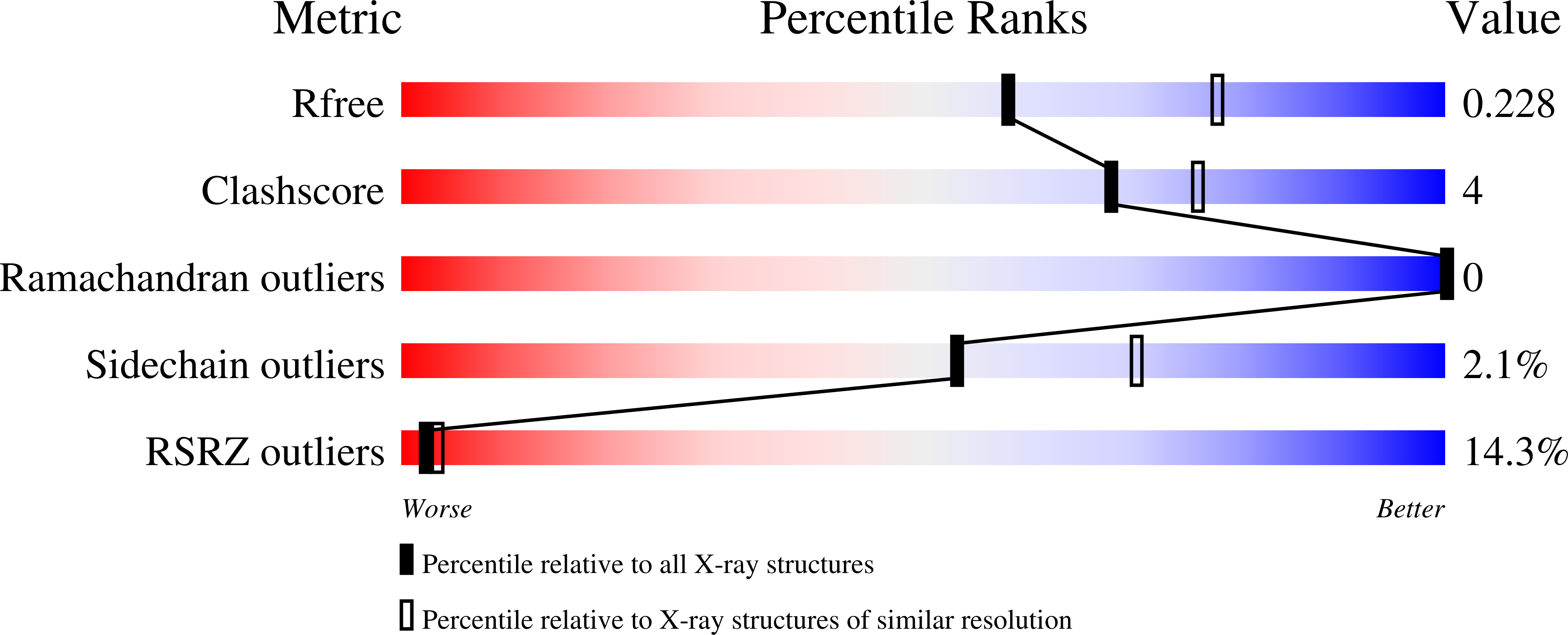
Deposition Date
2022-06-29
Release Date
2023-05-10
Last Version Date
2024-10-23
Entry Detail
PDB ID:
8DIR
Keywords:
Title:
The complex structure between human IgG1 Fc and its high affinity receptor FcgRI H174R variant
Biological Source:
Source Organism:
Homo sapiens (Taxon ID: 9606)
Host Organism:
Method Details:
Experimental Method:
Resolution:
2.30 Å
R-Value Free:
0.23
R-Value Work:
0.19
R-Value Observed:
0.19
Space Group:
C 1 2 1


